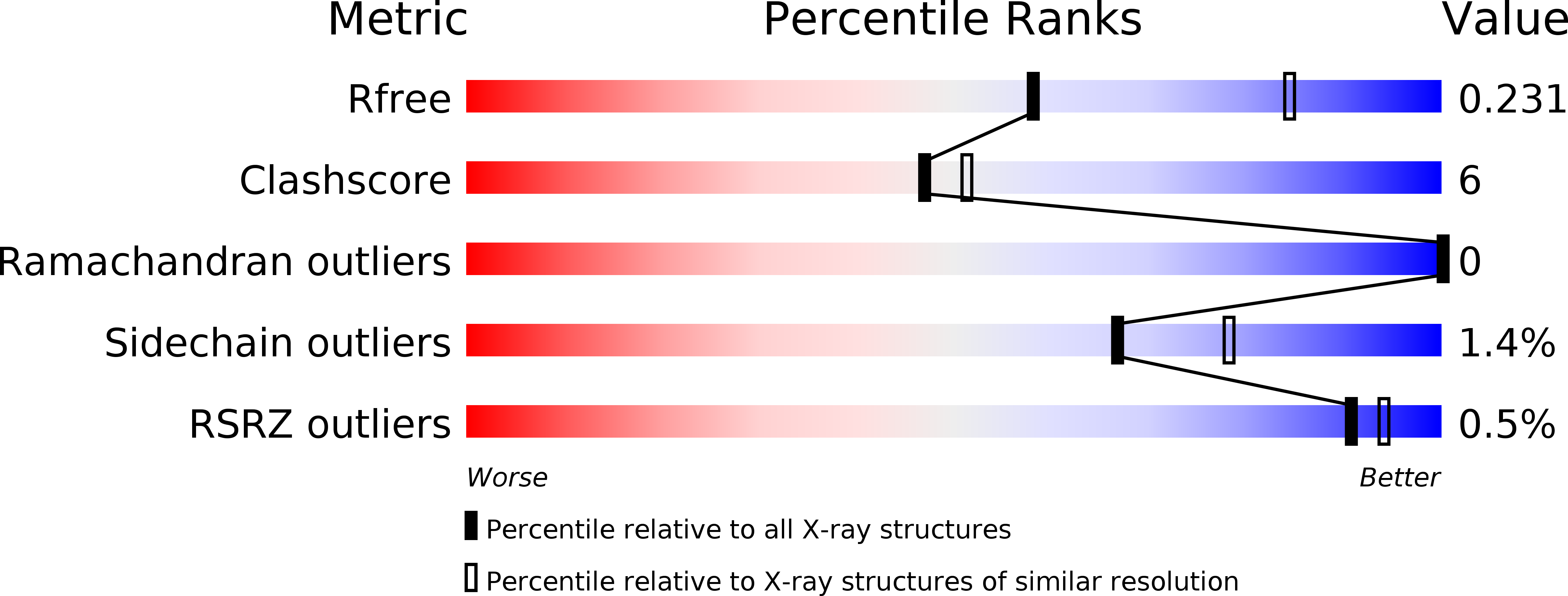
Deposition Date
2020-02-11
Release Date
2020-09-09
Last Version Date
2023-11-29
Entry Detail
Biological Source:
Source Organism:
Trichomonas vaginalis (Taxon ID: 5722)
Host Organism:
Method Details:
Experimental Method:
Resolution:
2.56 Å
R-Value Free:
0.23
R-Value Work:
0.16
R-Value Observed:
0.17
Space Group:
P 21 21 21


